We recently connected with Kesia Barone and have shared our conversation below.
Kesia, thanks for joining us, excited to have you contributing your stories and insights. Are you able to earn a full-time living from your creative work? If so, can you walk us through your journey and how you made it happen?
I always knew I wanted to work for myself as a designer, but it definitely didn’t happen overnight. I got hired at an architecture firm just before I graduated with my degree. A year earlier, I had worked on a residential project for a family friend, which helped bring in some freelance work in addition to my 9-5 at the firm. I was working full time, and on evenings and weekends I would work on small design projects that came in through that initial contact.
Around the same time, I decided to build a tiny house on wheels, to not only be my home, but also a major project in my portfolio and a show room for clients. My schedule for a few years was working 9-5 at the office, come home and work on freelance projects, and then on weekends, I’d drive an hour and a half to my parent’s place to build the tiny house, maybe fit in a bit of kiteboarding during the summer, drive home and start it all again on Monday. I honestly don’t know how I had the energy or time for all of that, but I think it was the consistency and lack of time off that kept me in that routine. It wasn’t something that would be possible long term, but I had things to finish and that kept me in motion.
Once the tiny house was done and I was back my “regular” routine of working full time and freelancing on the side for another few years, but that was starting to wear on me. After a year of working from home during lockdown, I had just started at a new firm and was being asked to come back to the office. I really enjoyed working from home, so the shift was difficult, but in addition to that, something wasn’t feeling right for me at the new job.
I decided to talk to an architect/mentor and get her thoughts on me leaving the firm and working for myself, and she was completely supportive of the idea. At the time, I had quite a few projects fall into my lap and she also had some work that she needed help with, which helped me to maintain my normal earnings through the transition. Over the past couple of years, I have had a mix of my own clients, while also doing contract work for architects and construction companies when they need additional help. A year ago, I got my real estate license with the idea that I could help real estate clients with design needs or design clients with real estate needs. I am also working on my contractor license to have additional skills my clients can utilize.
There is always the fear that stems from not having a consistent paycheck, but creative work is all about the ebb and flow and whenever I feel anxious about it, I put in the time to network or figure out a plan, while also trusting that work has continued to come my way. I work more than I would at an office, but the flexibility that has come from working for myself far outweighs any of the negatives in my mind. There are also moments that I wish I had done this all sooner, but I feel confident that the timing needed to happen when it did. It really comes down to trusting yourself, the people in your network, and what you’ve created. The feeling is amazing when it continues to work out and you keep moving forward on a path you’ve built for yourself.
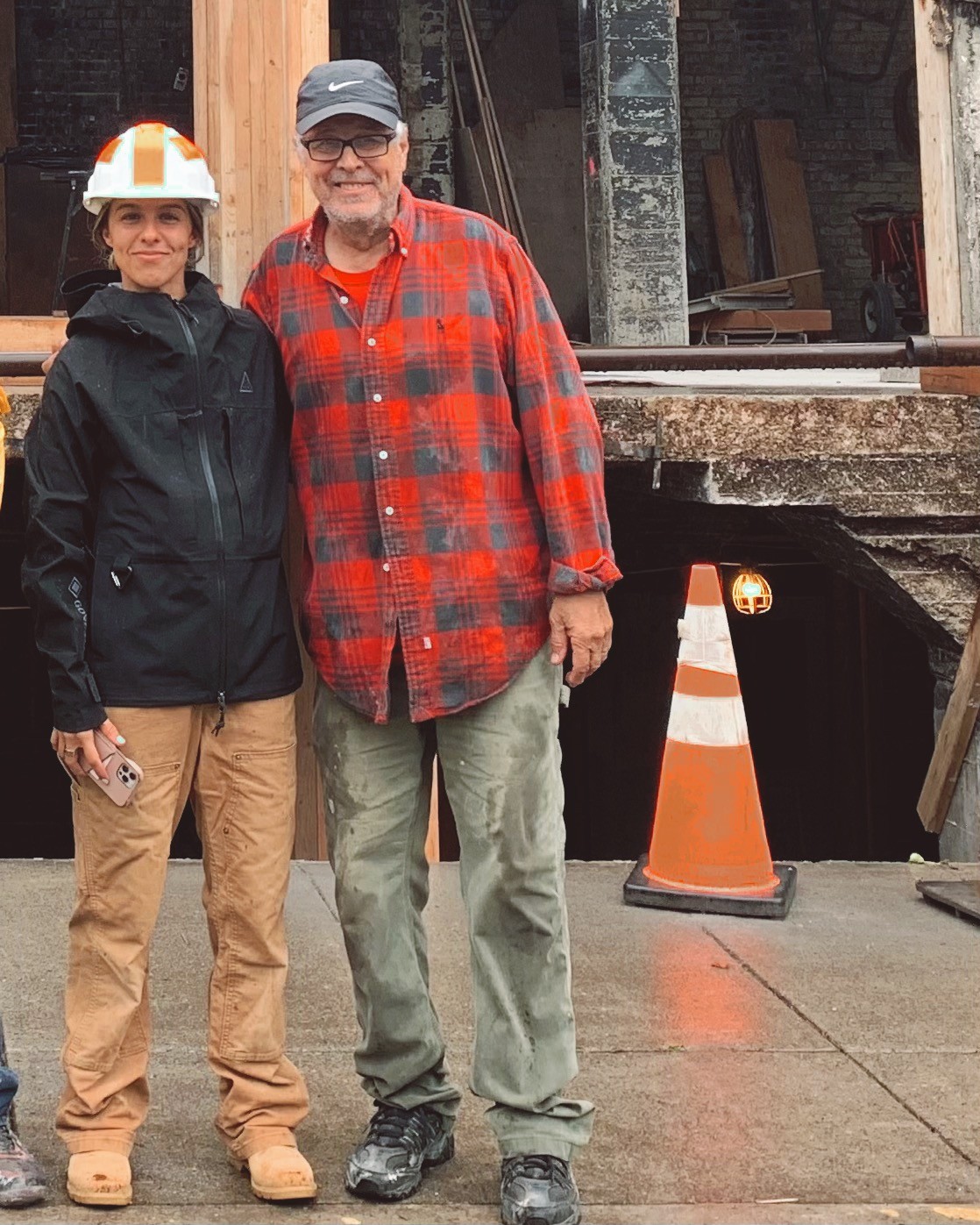
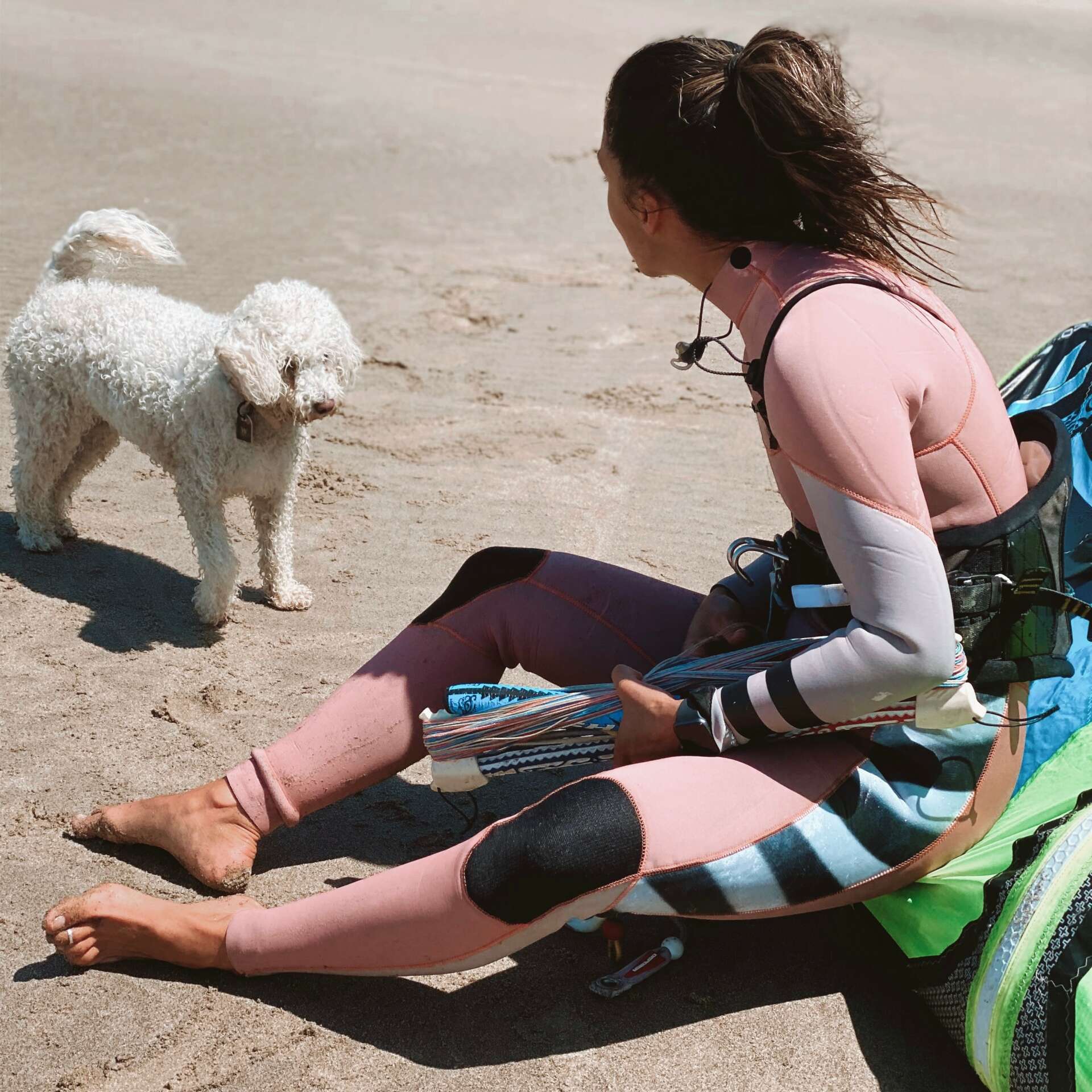
As always, we appreciate you sharing your insights and we’ve got a few more questions for you, but before we get to all of that can you take a minute to introduce yourself and give our readers some of your back background and context?
Both of my parents are designers, builders, and developers, so I grew up surrounded by their projects and being able to voice any design ideas I had. In high school, I was lucky enough to be part of the design and construction process of our new house. Certain elements of the design opened my eyes to what I want to create in this world, I just didn’t know the full extent of it at the time.
I knew I wanted to be an architect, but it wasn’t until I moved to Scotland for university, that I realized what I wanted to design and where. I spent a lot of time thinking back on our house build and the landscape and history around us that had influenced it. While I am grateful for my university experience, I missed the Pacific Northwest greatly, and dove deeper into the history of the First Nations people, sparking my appreciation and love for vernacular design
I also love innovation and technology and am always looking for ways to improve on our ways of life, while maintaining or creating more sustainable lifestyles. My tiny house on wheels blends recycled materials with smart home capabilities and luxury amenities. I wanted to focus on sustainability while creating an entirely smart space with high end finishes and features. I was able to fit everything I needed AND wanted into a 200 SF space, like storage for all my kite/ski/surf gear, a walk in closet with a washer/dryer, a display for my shoe collection, “regular” furniture and appliances, and my favorite… heated floors!
Often, people think that they have to sacrifice something to gain another, and what I’ve learned through projects like the tiny house, is there’s usually a solution to achieve your dream outcome, and it’s my job to show and create that for them. My goal is to create intentional spaces that are aesthetic and efficient, spaces that enhance the lives and routines of my clients. To do this, I try and balance the surrounding environment and history of a place (often citing vernacular design or construction techniques), with the technology available to us now.


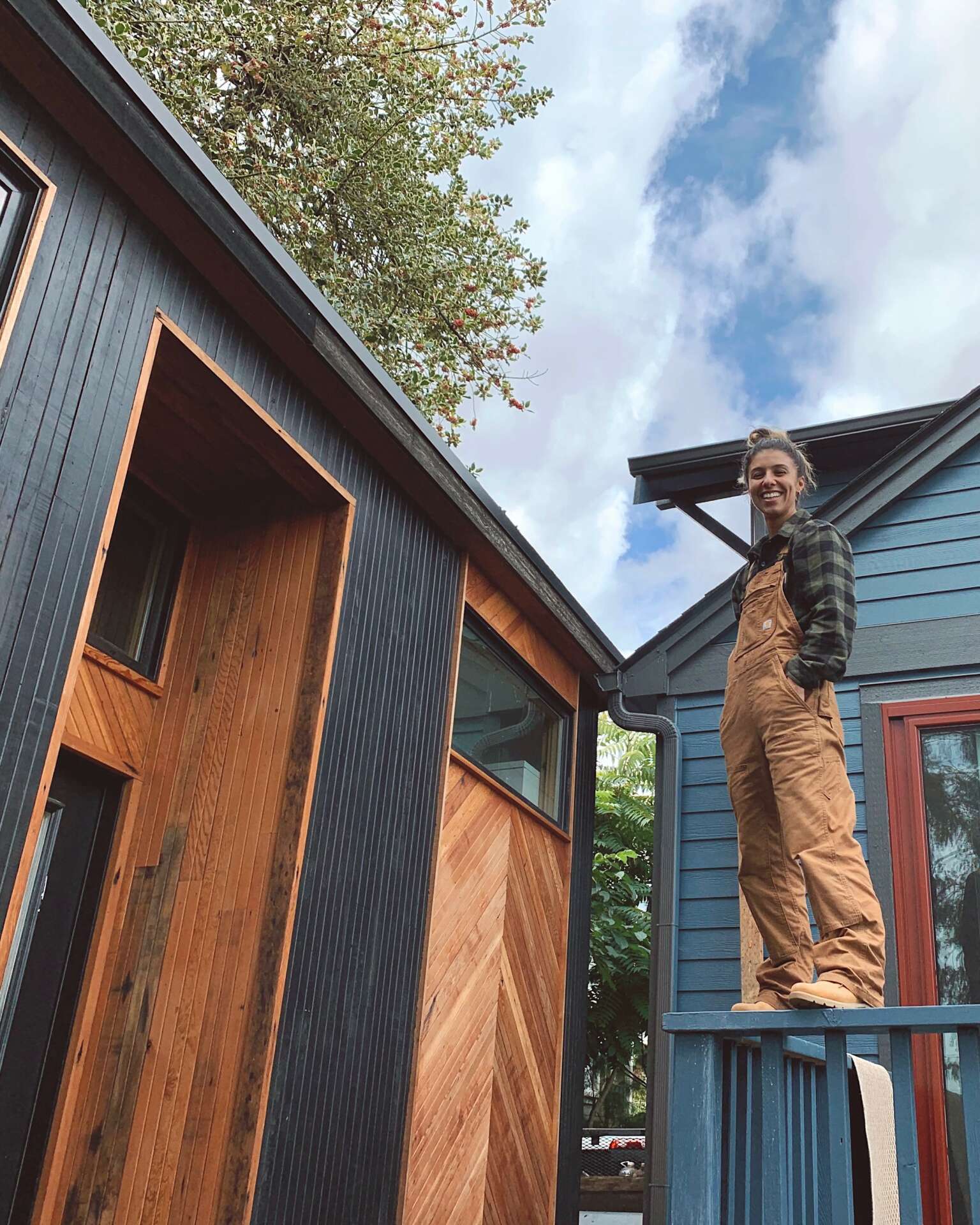
How’d you build such a strong reputation within your market?
I’ve been lucky enough to have friends as clients, which has helped teach me how to create and build friendships with those that began purely as professional relationships. That being said, regardless of the type of relationship outside of work, I keep things professional when “on the clock” (communicating work things through agreed upon avenues, types of conversations during meetings, etc.), while also being friendly and and creating an environment where the client feels like I am listening to their needs like a friend would.
People might come to me for my “expertise”, but ultimately, I’m creating spaces for them to call home, and I don’t take that lightly. Many architects have a certain way they do things or a type of design they focus on. I want to do my best to advise or give recommendations while listening to and respecting a client’s needs.
The key is listening and communication. I try to adapt to how someone needs to go through the design process and take it at their pace, and that seems to put them at ease.
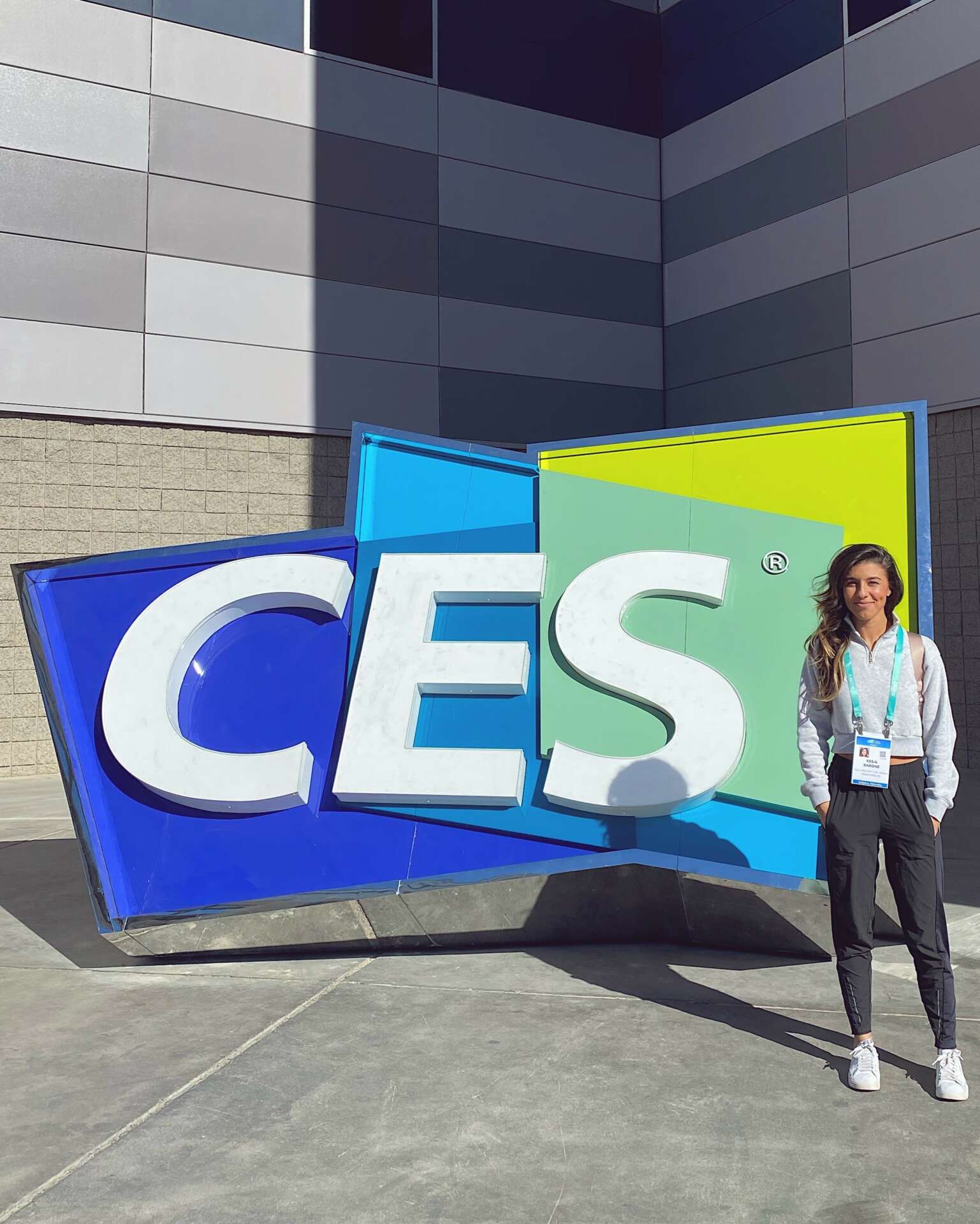
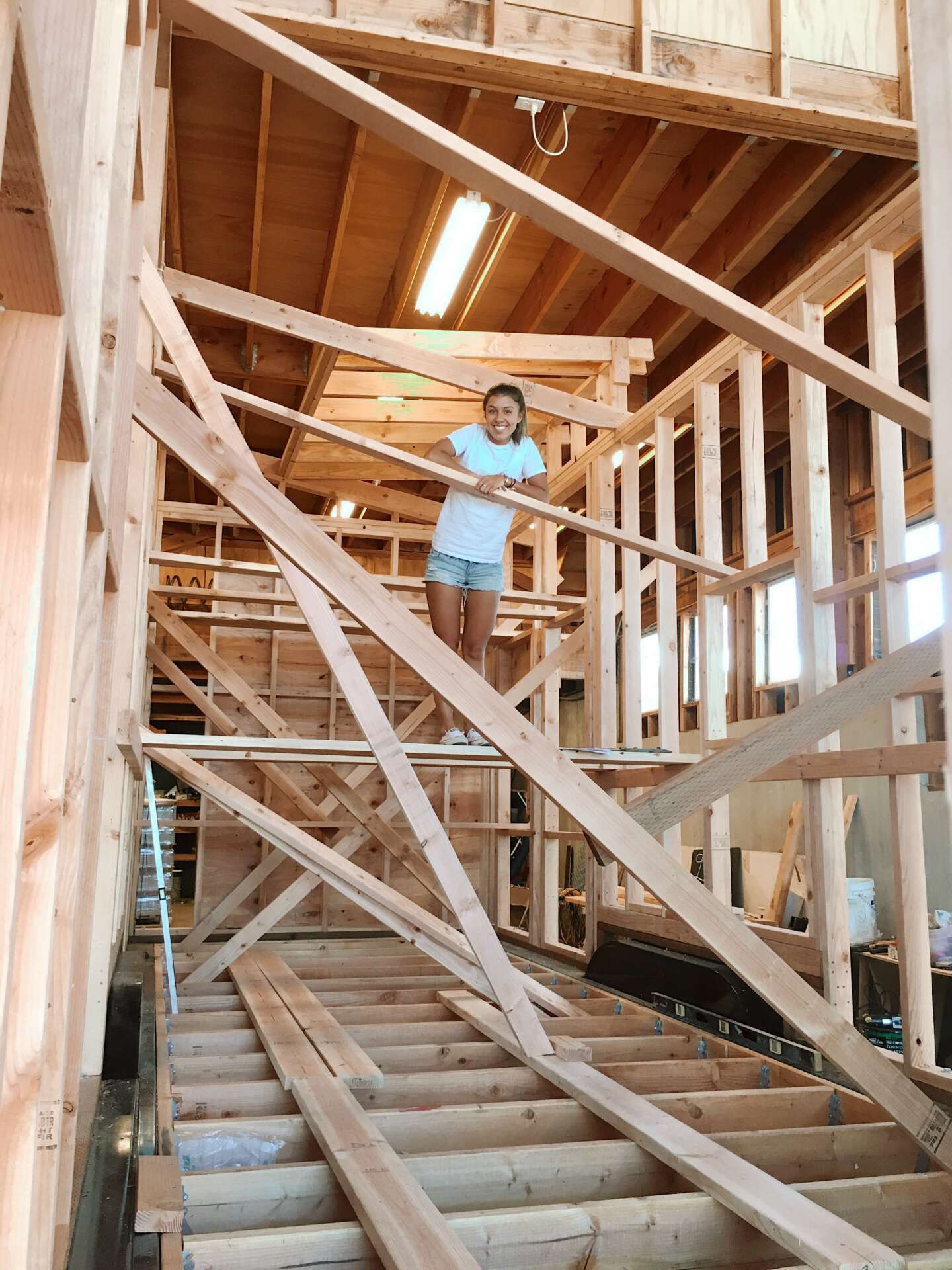
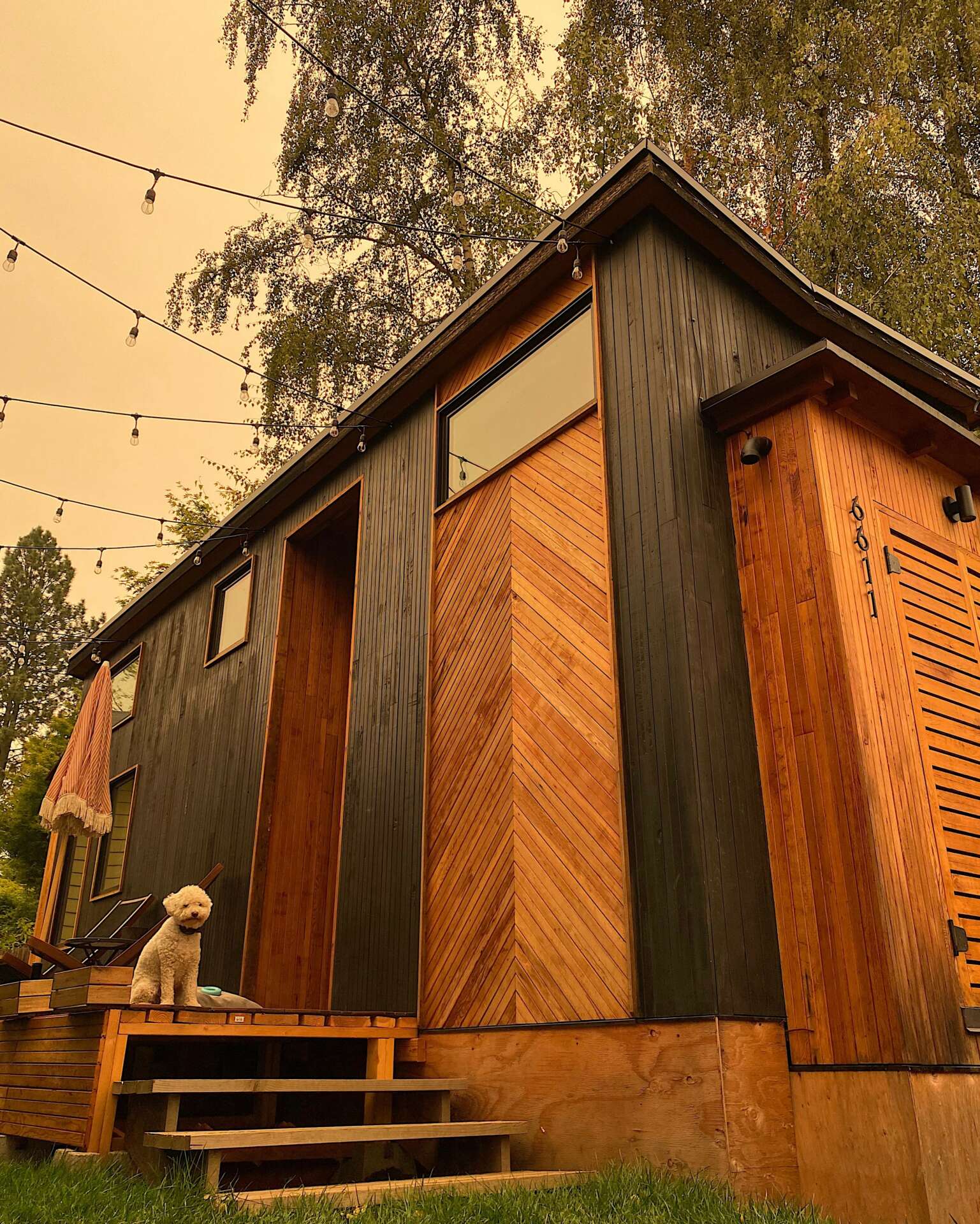
What do you find most rewarding about being a creative?
My first instinct is to say that the most rewarding thing is watching a building I’ve drawn on a computer come to life, but I know that that feeling is truly an accumulation of all of the steps throughout the process. It’s the ability to wake up each morning and create the day I want. It’s the people I meet and the relationships I build upon with clients, contractors, and tradespeople. It’s the constant learning, whether about established building techniques or new products and technology.
How beautiful it is to have the potential to create and build the life you want and make a living from it as well.
Contact Info:
- Website: www.kesiabarone.com
- Instagram: @kesiabarone
- Linkedin: https://www.linkedin.com/in/kesiabarone/
- Other: Other Website – www.orsadesign.com Other Instagrams – @orsadesign , @halepacifica , @kesiabaronerealtor
Image Credits
Erica Swanson


